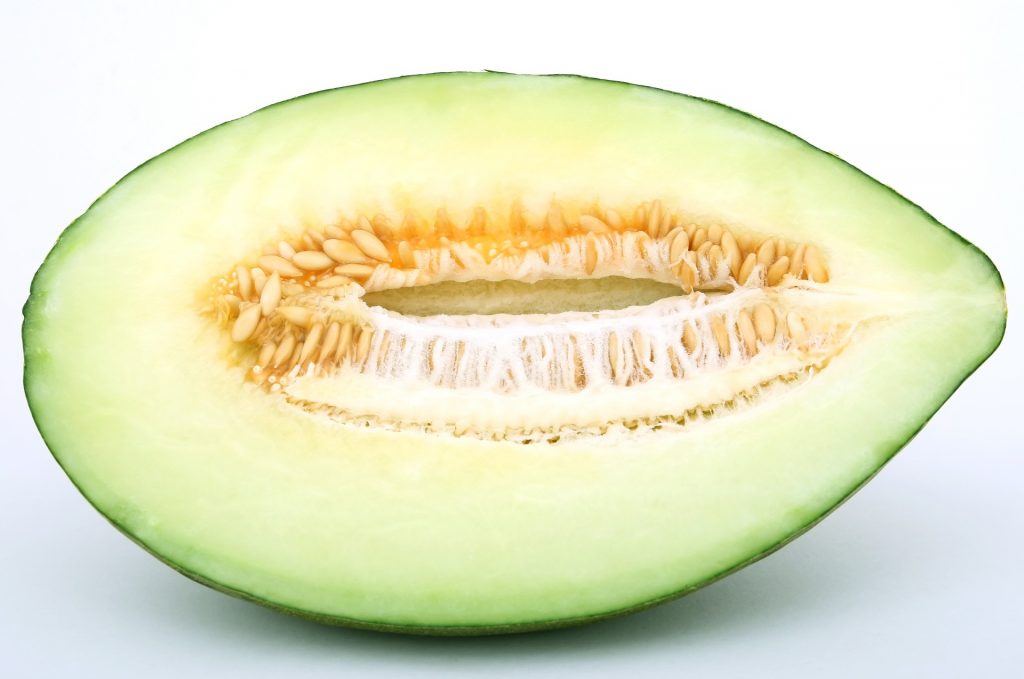 Melatonin (N-acetyl-5-methoxytryptamine) is a hormone produced by animals. Humans synthesise and secrete melatonin in the pineal gland, a reaction that uses serotonin as a raw material. Serotonin is in turn synthesised from L-tryptophan, which is a dietary essential amino acid. In animals, melatonin is thought to be required for the setting of circadian rhythms, and this may occur through its ability to induce sleep, and therefore control the sleep cycle. Melatonin is also a functional antioxidant in humans, and plasma levels of melatonin correlate with total antioxidant capacity of blood. This is because melatonin is able to scavenge the hydroxyl radical (∙OH) and is also able to detoxify the damaging effects of hydrogen peroxide, nitric oxide, the peroxynitrite anion, peroxynitrous acid and hypochlorous acid. In this way melatonin is intricately involved in the protection of cells and tissues from the damaging effects of toxins including oxygen, as a direct or indirect antioxidant.
Melatonin (N-acetyl-5-methoxytryptamine) is a hormone produced by animals. Humans synthesise and secrete melatonin in the pineal gland, a reaction that uses serotonin as a raw material. Serotonin is in turn synthesised from L-tryptophan, which is a dietary essential amino acid. In animals, melatonin is thought to be required for the setting of circadian rhythms, and this may occur through its ability to induce sleep, and therefore control the sleep cycle. Melatonin is also a functional antioxidant in humans, and plasma levels of melatonin correlate with total antioxidant capacity of blood. This is because melatonin is able to scavenge the hydroxyl radical (∙OH) and is also able to detoxify the damaging effects of hydrogen peroxide, nitric oxide, the peroxynitrite anion, peroxynitrous acid and hypochlorous acid. In this way melatonin is intricately involved in the protection of cells and tissues from the damaging effects of toxins including oxygen, as a direct or indirect antioxidant.
Although originally thought to occur only in animals, melatonin was subsequently found to be produced in bacteria. More recently melatonin has been found to also be synthesised in plants. Melatonin was discovered in photosynthetic dinoflagellate (Gonyaulax polyedra), suggesting other photosynthesising organisms may produce melatonin. Since this time many plant species have been shown to contain melatonin, but the concentration with plant tissues varies considerably. Melatonin has been identified from roots, stems, leaves, seeds and fruit, with most of the plants being analysed classified as edible. Although concentrations of melatonin vary considerably, some researcher shows that plant tissue may possess on average somewhere between 0 and 5 ng/g dry weight melatonin. In some medicinal plants such as St John’s Wort (Hypericum perforatum), feverfew (Tanacetum parthenium) and huang-qin (Scutellaria baicalensis), melatonin may be present at concentrations of up to 7 μg/g (dry weight herb).
Therefore some evidence suggests that medicinally relevant herbs may contain higher concentrations of melatonin than edible plants. However, seeds may also contain high concentrations of melatonin. In one study investigating the melatonin content of seeds researcher found concentrations of melatonin that ranged from 5 ng/g in milk thistle seeds to 189 ng/g in dry white mustard seeds. Concentrations for other seeds include 7 ng/g for celery seeds, 29 ng/g for sunflower seeds and 103 ng/g in wolfberry seeds. Researchers have suggested that melatonin may function as an antioxidant in plants as it does in animals. This may explain the higher concentration of melatonin found in seeds compared to other plant tissues, where the melatonin may function, in combination with other antioxidants such as vitamin E, to protect the polyunsaturated fatty acids in the seeds from lipid peroxidation. Fruits have also been analysed with bananas containing 236 pg/g protein and tart cherries containing 18 ng/g weight.

Melatonin is an important antioxidant in humans. In plants, melatonin may protect seeds from lipid peroxidation. In this role, it may work synergistically with vitamin E.
Melatonin is known to be bioavailable and supplementals of melatonin are absorbed and reach the blood. Melatonin is therefore readily transported across the enterocytes of the gut, and then can access all tissues as melatonin is readily able to enter organelles. Mitochondria and cell nuclei may have higher concentrations of melatonin than other cellular compartments. In humans, the bioavailability of melatonin from foods has not been extensively investigated, but bird do show increases in melatonin concentrations in the blood when fed melatonin containing seeds. The fact that dietary melatonin enhances blood levels of melatonin in animals suggests that dietary sources of melatonin could contribute to the antioxidant capacity of blood. Low levels of melatonin in the blood are associated with increased oxidative damage through increased oxidative stress. The total amount of melatonin in the blood of a human is around 5 to 10 pg melatonin per ml, so it is possible that foods could contribute to melatonin levels in blood.
Eat Well, Stay Healthy, Protect Yourself
RdB

